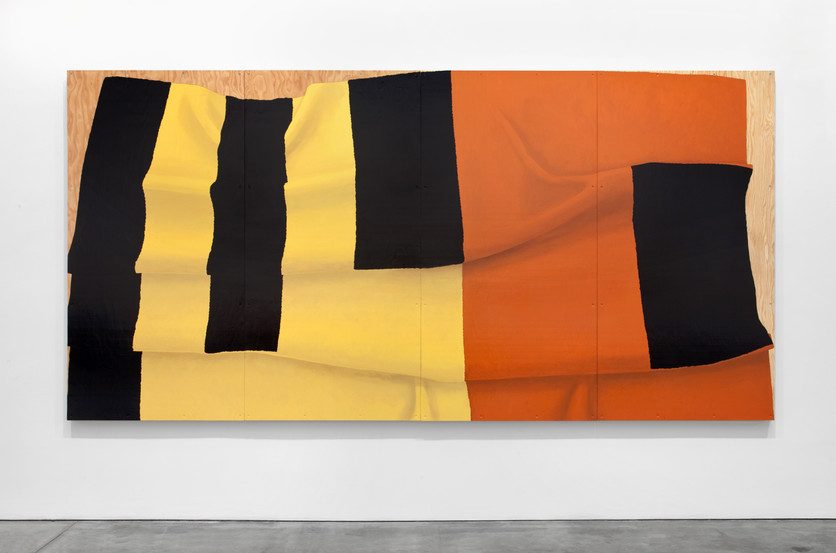Interface
- ahirou
- Dec 30, 2021
- 3 min read
Art and Community in the Ahmanson Collection

September 5, 2020 – November 6, 2021
Derrick Adams, Jonathan Anderson, Anna Freeman Bentley, Díaz-Lewis, Makoto Fujimura, Sam Gilliam, Alastair Gordon, Barry Krammes, Steven and William Ladd, Meg Lipke, Mary Obering, Elias Sime, Linnéa Spransy, Ash Thayer, Merrill Wagner,Kehinde Wiley, and Andrea Zittel
Irvine, CA: The Ahmanson Gallery is pleased to introduce the upcoming exhibition InterFace: Art and Community in the Ahmanson Collection, on view from September 5, 2020—November 6, 2021. Curated by New York art advisor John Silvis, the exhibition introduces nineteen contemporary artists from three continents that illustrate the importance of community in artistic practice and the potential of art to catalyze social change.
Over the centuries, artisans of all kinds have gone to great lengths to create environments, including shared studio space, for exchanging skills and ideas. Today’s artists have expanded these collaborative environments to include artistic practices that address their political and social contexts. This exhibition highlights the diverse ways artists engage with the concept and conditions of community, including communal studios, artistic collaborations, and international organizations to mentor future generations of artists.
In recent decades, the concept of community has been significantly altered by the rise of globalization and expanded access to technology. Virtual platforms that transcend national borders—and the proliferation of global art fairs and biennials—enable young artists to engage in global conversations, which art critic Barbara Pollack alludes to in her term “post-passport” generation. For example, American artist Kehinde Wiley, whose painting St. Nicholas of Myra (2015) is featured in this exhibition, has established studios on three continents and founded a high-profile, international artist residency, Black Rock Senegal, in Dakar. Wiley is using his stature and resources to empower a new generation of international artists.
But technology and international exchange bring their challenges as well. Ethiopian artist Elias Sime astutely addresses the dichotomies of globalism and technology in his work Border (2018). The abstract composition, made from discarded computer keys with an embossed arc crossing the surface, suggests that technological connection is accompanied by separation on other levels.
Art patrons are essential to driving culture forward, by supporting artists who share their concerns. As collectors determine which artworks to steward beyond their lifetime, they shape the discourse about our collective values and concerns. The Ahmansons’ patronage and investment in culture has an expansive reach. In addition to extensive travel and the study of ancient and contemporary global cultures, they have championed emerging artists, awarded significant grants to art institutions, underwritten several major museum survey shows, and envisioned the historically rich Visual Commentary on Scripture, which is a freely accessible online publication that provides theological commentary on the Bible in dialogue with works of art. This last year, the Ahmansons launched two new platforms for contemporary art in Los Angeles, Bridge Projects and WaterTable, which view art through the lens of spiritual practice. While the Bridge Projects gallery will mount ground breaking exhibitions, WaterTable will oversee a studio program, lecture series, and art initiatives for the larger Los Angeles community. These initiatives, like the Ahmanson collection, boldly support global voices that resonate with their values and particularly encourage artists who investigate how religion is expressed in the language of contemporary art. With the value of human dignity as the center point, the importance of community is visible in all aspects of the Interface exhibition.












































Comments